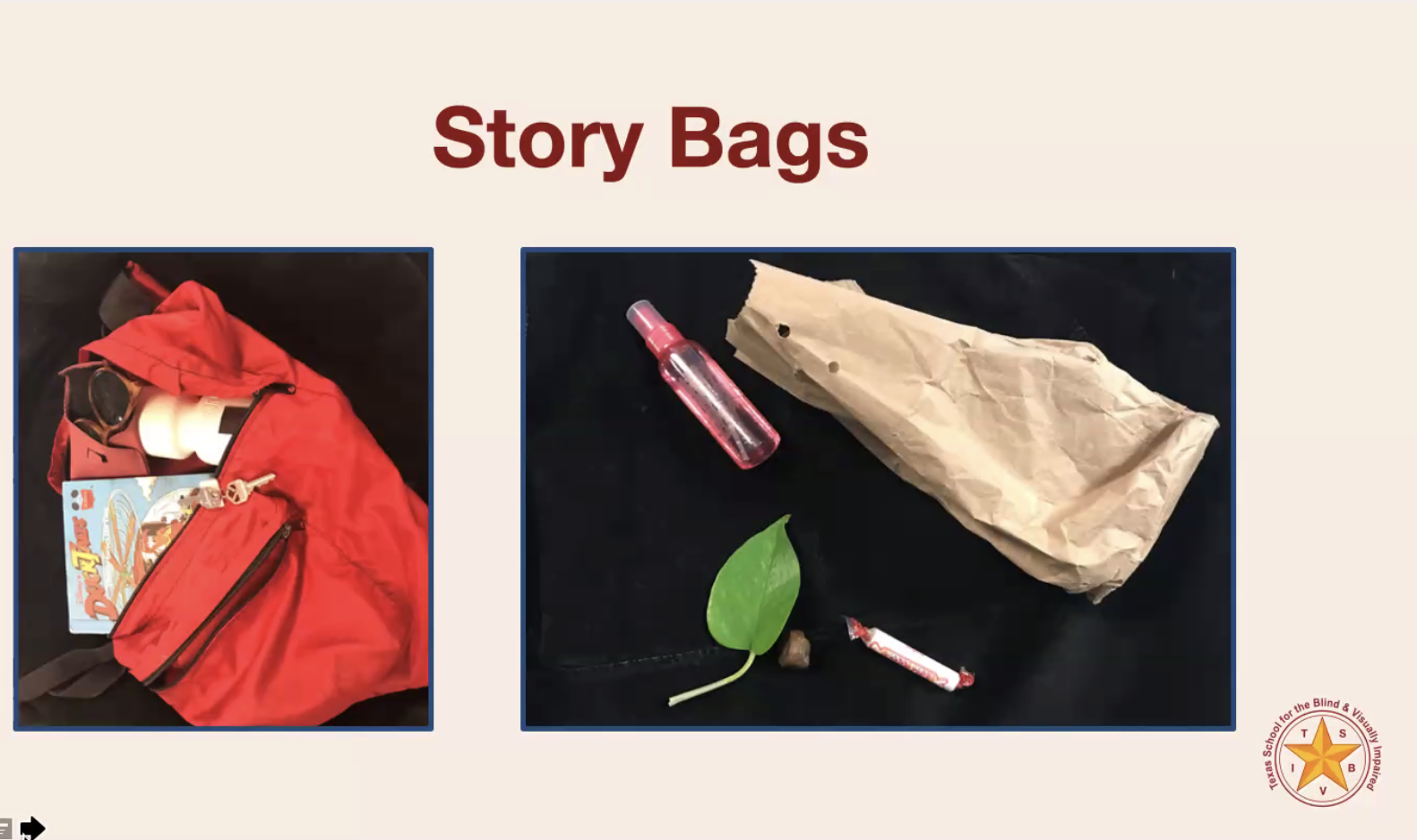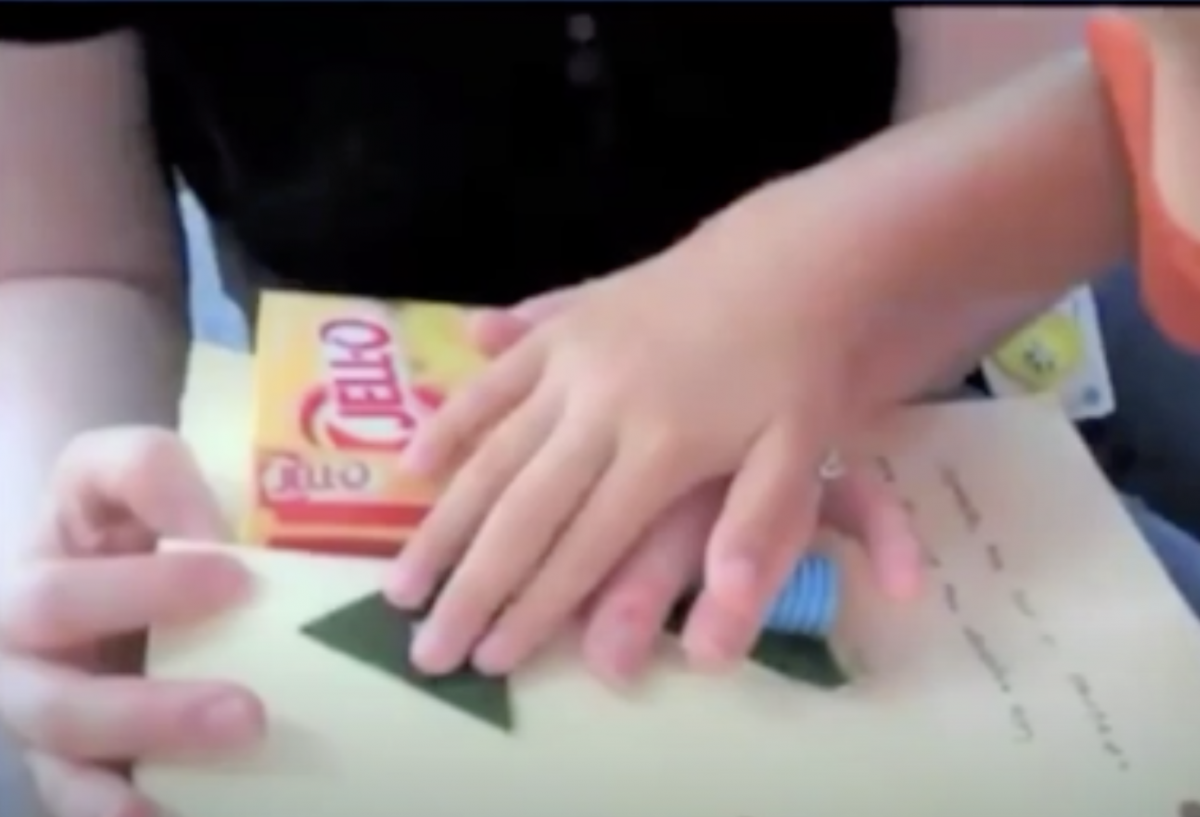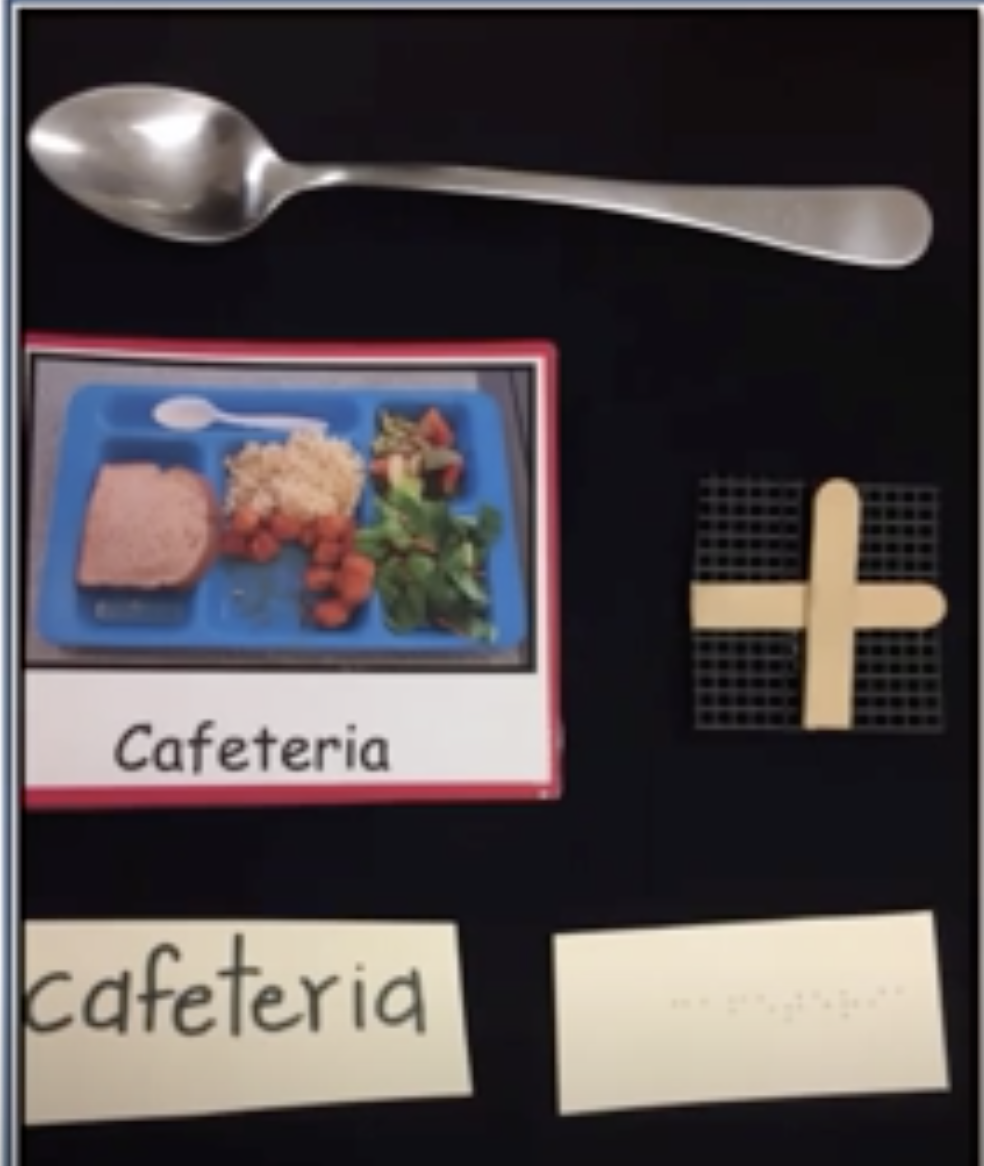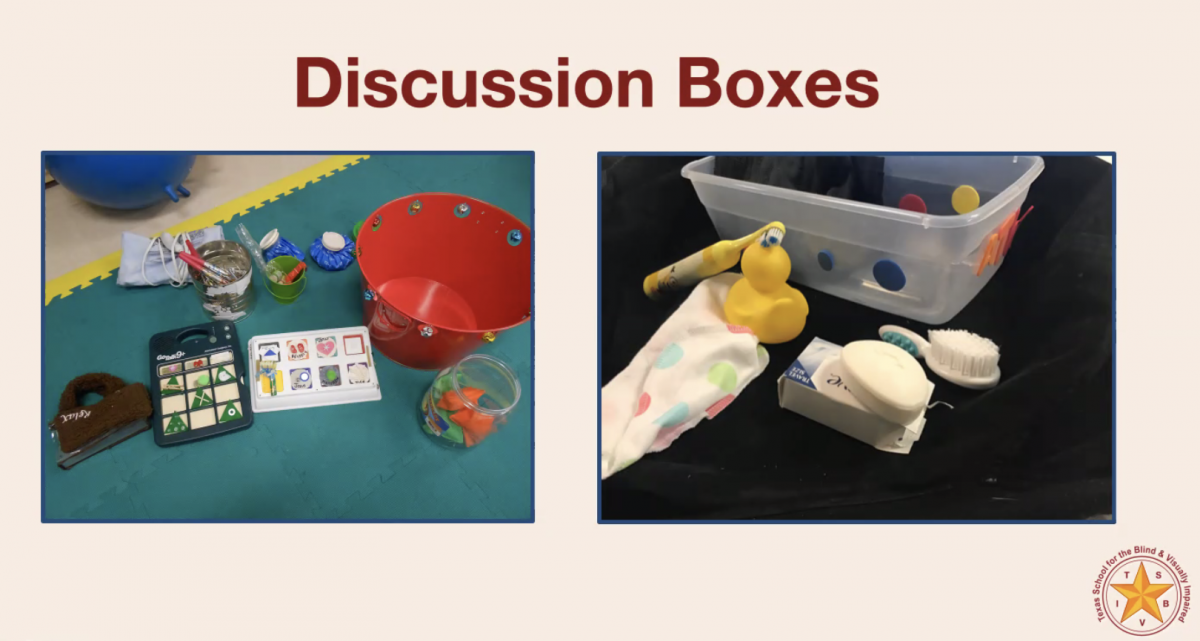
Story Time: Creating Meaningful Experience Stories With Your Students
Recorded webinar presentation on creating meaningful experience stories with your students
TSBVI Outreach Consultants Kathi Garza and Deanna Petersen presented a one-hour webinar called Story Time: Creating Meaningful Experience Stories With Your Students.
When we create experience stories with children, we build literacy skills while supporting the development of deeper connections with others and an interest in reading. Experience stories empower children and teach them to find joy in reminiscing. This session focuses on various ways to create and use experience stories in a variety of formats.
Watch the recording of the webinar.
Why Experience Stories?
Experience Stories are:
- stories written about a meaningful, multisensory experience from the perspective of the child/student.
- high interest
- rich with the child’s own vocabulary and interests
-
include many teachable moments
- Concepts
- Language
- FUN!!!

Symbols
Slide shows a picture of a spoon, a picture of a cafeteria tray with the word “cafeteria” on it, a tactile symbol for cafeteria, a card with the word “cafeteria” printed on it, and a card with “cafeteria” written in braille on it.

Formats
Experience stories can be made in many formats.
- Conversation Box – finished box as experience story
- Book Bags or Book Boxes
- Carpet Strip – calendar review as experience story
- Book – using symbols, pictures, signs, and/or text
- Recording/Video
- Digital Experience Stories – Digital Recorder, Zoomtext, BrailleNote, JAWS, Pictello, PenFriend

Five Key Components of Instruction to Make Learning Meaningful
-
Component 1 – Anticipation
- The ability to predict what will happen next
- Having something to look forward to
-
Component 2 – Motivation
- Individual perception affects what is motivating
- Activities based on preferences and choices
- Participation with a trusted partner
-
Component 3 – Communication
- A reason/purpose to communicate
- Multiple meaningful communication forms
- Shared topics of interest, turn taking, and conversations
- Building connections
-
Component 4 – Confirmation
- Affirming communication attempts and actions
- Feedback on progress attempts and success
- Knowing the results of actions
- Knowing when an activity is finished
-
Component 5 – Reflection
- Remembering past experiences
- Contemplation and processing
- Careful consideration of complex information
How to “do” experience stories
-
The Setup:
- Determine child’s likes, preferences, experiences
- Determine the format(s) – what will be meaningful and interesting for the child
- Have an experience together, or help student reflect on a prior experience
- Collect symbols during the experience
-
Building the Story:
- Create the story together – include both “good” and “bad” experiences
- Read and re-read – use symbols and context to build language and concepts.
- Social stories as experience stories – pre-teaching, previewing something that will happen
Experience Stories in the Home
- Communicate about experiences across environments
- Collaborate with families on experiences
- Share books between school and home
